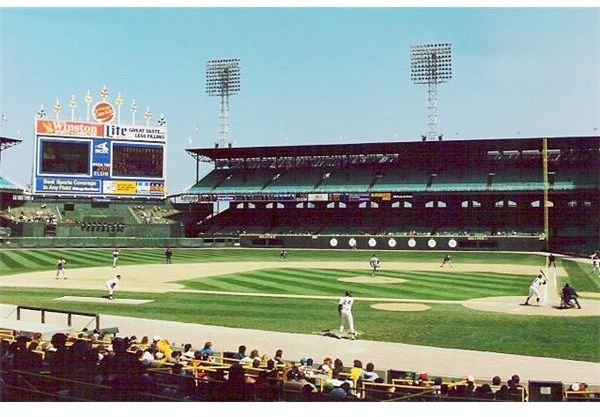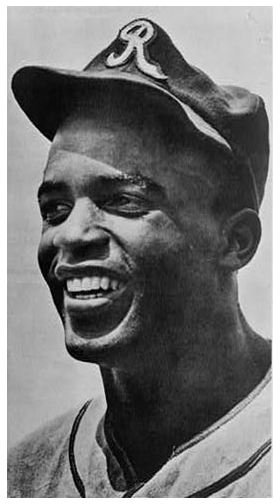Importance of the Negro League Baseball: Working to Break the Color Barrier
Early Origins
America has always enjoyed baseball as its natural pastime. Founded throughout the 1800s and its rules widely adopted in 1845, many players enjoyed the game with the establishment of the National Association of Professional Base Ball Players in 1871. Many players of all colors enjoyed playing alongside each other in major and minor leagues and it wasn’t until 1890 that this changed.
In 1890, the most prestigious league called the International League, banned black and other colored players from playing. Although this would define baseball for half a century, colored players would be able to play baseball in minor leagues. For example, Moses Fleetwood Walker and Bud Fowler became professional baseball players among white players; however, the majority of black and other colored players were still excluded.
During this time, colored players that were excluded would often form their own teams and challenge other teams in baseball. This was called “barnstorming.” Eventually, black and other colored players decided to form their own league. The importance of Negro League Baseball would eventually provide colored players with the opportunity to play with players of all colors and races.
Formation of the Negro League Baseball
In 1920, Andrew “Rube” Foster, the owner of the Chicago American Giants, decided to form the Negro National League. Soon,

colored teams from all around the nation decided to join the league and form other leagues that would rival against the Negro National League. Although the NNL would dissolve in 1931, other leagues such the Eastern Colored League and the American Negro League would soon follow.
During this time, colored leagues became very popular and rivaled the skill of white leagues. The 1930s and 1940s became the golden years of colored baseball and many teams such as the Pittsburgh Crawfords became very popular by winning nine titles in a reestablished Negro National League. The Crawfords had many all-star players such as Satchel Paige, Cool Papa Bell and Oscar Charleston.
In 1933, Gus Greenlee (who reestablished the NNL), formed the East-West All-Star game which would showcase star players. This annual event took place in the Comiskey Park and rival the World Series in its popularity. This event brought up 20,000 to 50,000 spectators and would soon pave the way for one star player to break the color barrier.
Jackie Robinson and the Decline of the Negro Leagues

The importance of Negro League Baseball paved the way for Jackie Robinson to be recruited by Major League Baseball’s Brooklyn Dodgers in 1945. Robinson became the first colored player to play in the major leagues and helped the Dodgers acquire a National League pennant. He showcased his talents by winning several Rookie of the Year awards for his expertise.
After Jackie Robinson was accepted, many other black players such as Joe Black and Don Newcombe became drafted in Major League Baseball. By the early 1950s, over 150 black players played in the major leagues and many would come in the following years. With this acceptance, the Negro Leagues began to decline due to lack of attendance as well as the increasing integration in baseball. In 1949, the NNL disbanded and the Negro American League would soon follow in 1962.
Overall, the importance of Negro League Baseball proved how colored players could establish a league of their own and reveal their talents that rivaled white players. Thanks to contributors such as Andrew Foster and Jackie Robinson, players of all races and colors were able to play baseball together. With this combination, baseball continued to be America’s pastime – no matter a player’s skin color.
References
Sources:
- Bolton, Todd. “History of the Negro Major Leagues.” https://www.nlbpa.com/history.html
- Kansas State University University College of Education. “Negro Leagues Baseball: A Brief History.” https://www.coe.ksu.edu/nlbemuseum/history/overview.html
- Mills, P. “Negro League History 101.” https://www.negroleaguebaseball.com/history101.html
Images:
- Olsin, Tage. “Baseball.” https://commons.wikimedia.org/wiki/File:Baseball.jpg
- Rdikeman. “Old Comiskey Park.” https://commons.wikimedia.org/wiki/File:Old_comiskey_park.jpg
- Terrell, Maurice. “Jackie Robinson.” https://commons.wikimedia.org/wiki/File:JackieRobinson1945.jpg
